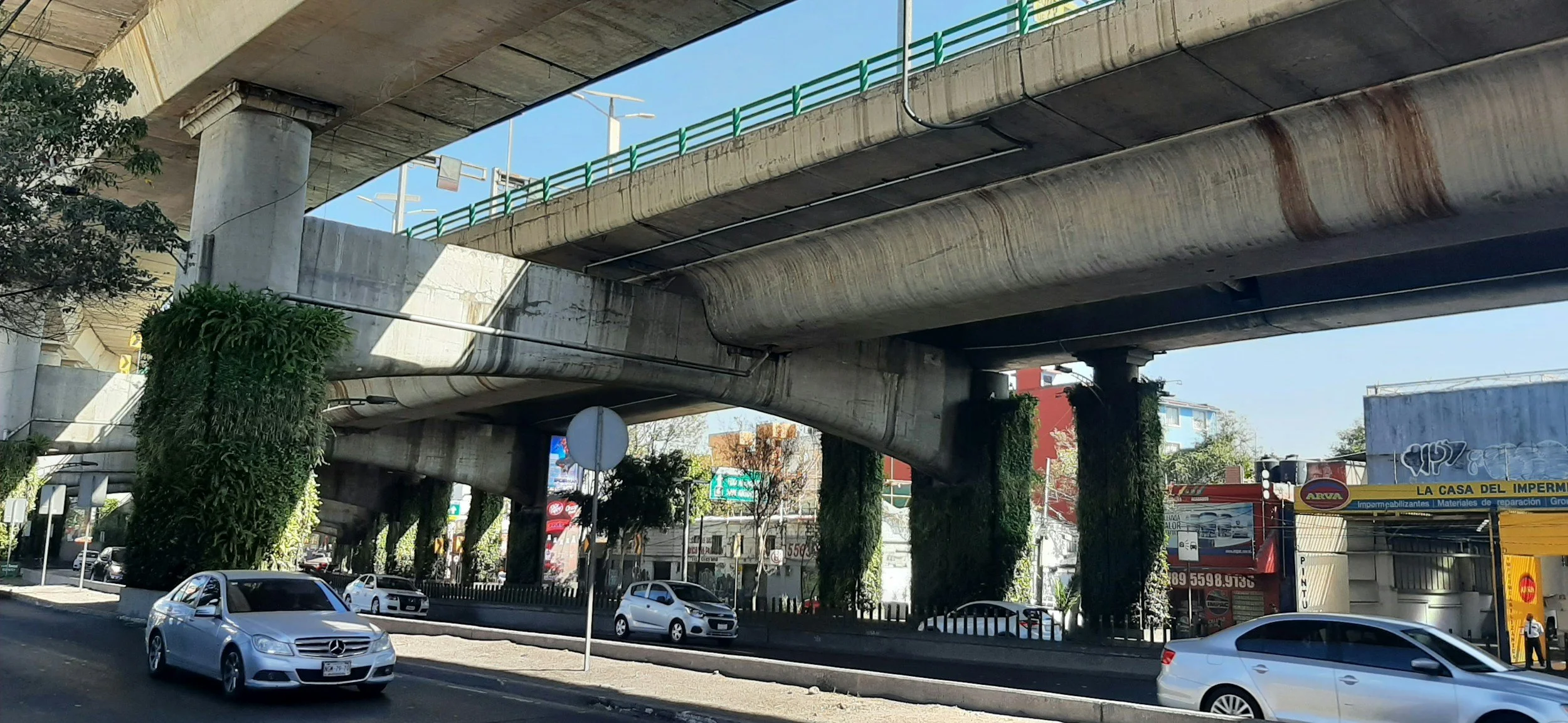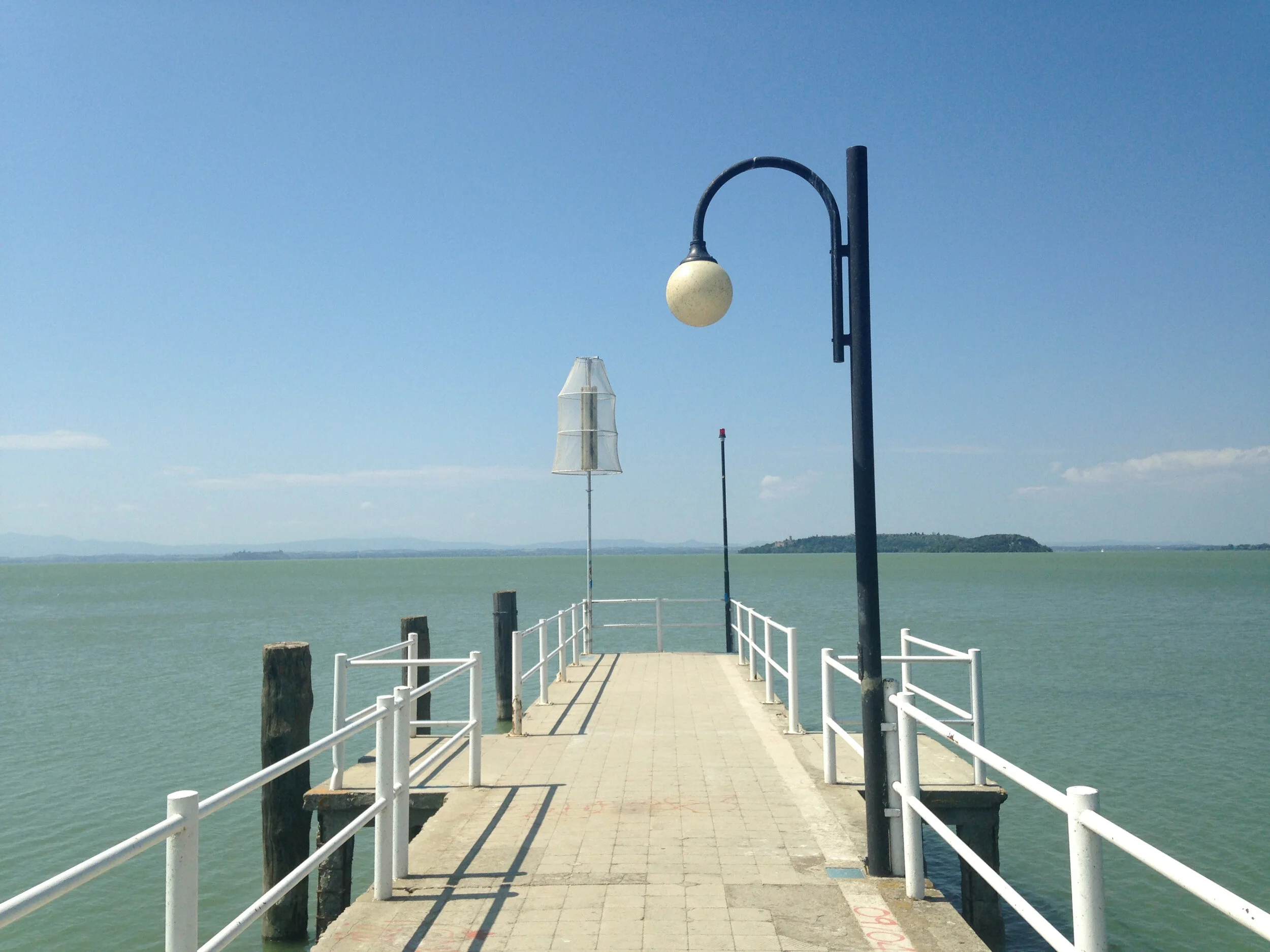In a world facing "polycrisis"—overlapping, prolonged crises—the real challenge isn't just the shocks themselves, but our collective inability to perceive and respond to them effectively. These crises, whether economic or environmental, build up slowly and unnoticed until they reach a breaking point. As John Maynard Keynes observed, the public often overreacts with "excessive fears" to events they previously ignored, showing a lack of "reasonable anxiety" when it was needed. Economist Gabriel Palma described a three-phase cycle: a period of "lack-of-awareness" where problems grow, followed by a moment of "awareness" and panic, which ultimately gives way to a "new form of lack-of-awareness" where the initial fear fades and the underlying issues are forgotten again. This cycle of denial and reaction makes it difficult for societies to address the root causes, leading to flawed, reactive policies instead of lasting structural repairs.
Futures of Mobility in Mexico City
The "Doble Hoy No Circula" initiative has been an important measure to mitigate air quality within Mexico City's Comprehensive Program Against Atmospheric Pollution (PICCA). This measure was implemented as an urgent response to the growing air quality crisis. It current model began in 2014, aiming to restrict the use of private vehicles on specific days to reduce pollutant emissions and improve public health. In a megacity like Mexico City, where mobility and pollution are interconnected, policies like this affect not only the environment but also the health and well-being of its inhabitants.
El dilema recurrente del COVID-19 y la trampa de la ultra-solución
Acabar con los encierros es, como lo define Paul Watzlawick, “una ultra-solución”: un intento de arreglar un problema deshaciéndose de todo lo que tenga que ver con el mismo. Al caer en esta trampa, los gobiernos están utilizando la ultra-solución, arriesgándose a destruir tanto la economía, como la vida de las personas al final del túnel.
The recurring COVID-19 dilemma and the ultra-solution trap
New crises, same approaches. Why aren’t humanitarians evolving?
Who does the rebuilding...and the reimagining?
Il est encore temps
Caution! Aid re-construction zone
With problems on the rise ‘at home’, criticism of foreign aid is stronger than ever. At the same time, humanitarian needs are growing, and far outpacing the funding requirements and government commitments needed to address the short- and long-term consequences of crises. What lies in store for aid organisations?
L’humanitaire maritime : un incubateur de nouvelles approches
Depuis une décennie, les besoins humanitaires ne cessent d’évoluer, s’intensifiant et se complexifiant. En 2015, selon l’UNHCR, 65.3 millions de personnes étaient déplacées. Parmi celles-ci, 21.3 millions sont des réfugiés au titre de la convention de 1951 et la très grande majorité d’entre eux le sont dans un pays voisin. Seule une minorité de 6% sont accueillis en Europe. Malgré cette faible proportion, la crise migratoire à laquelle est confrontée l’Europe depuis 2014 a contribué à mettre en avant les fragilités du système humanitaire traditionnel.
How important is the motivation of actors in maintaining humanitarian space?
The growth in the humanitarian sector to include private companies as partners and implementers challenges the notion that organizations working in the humanitarian sector must be driven by the humanitarian imperative alone. The inclusion of commercial firms whose fundamental purpose is to make a profit necessitates an examination of the consequences when the humanitarian imperative is but one of many motivations.















